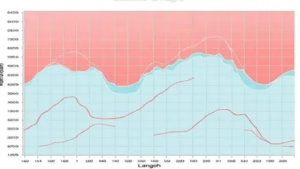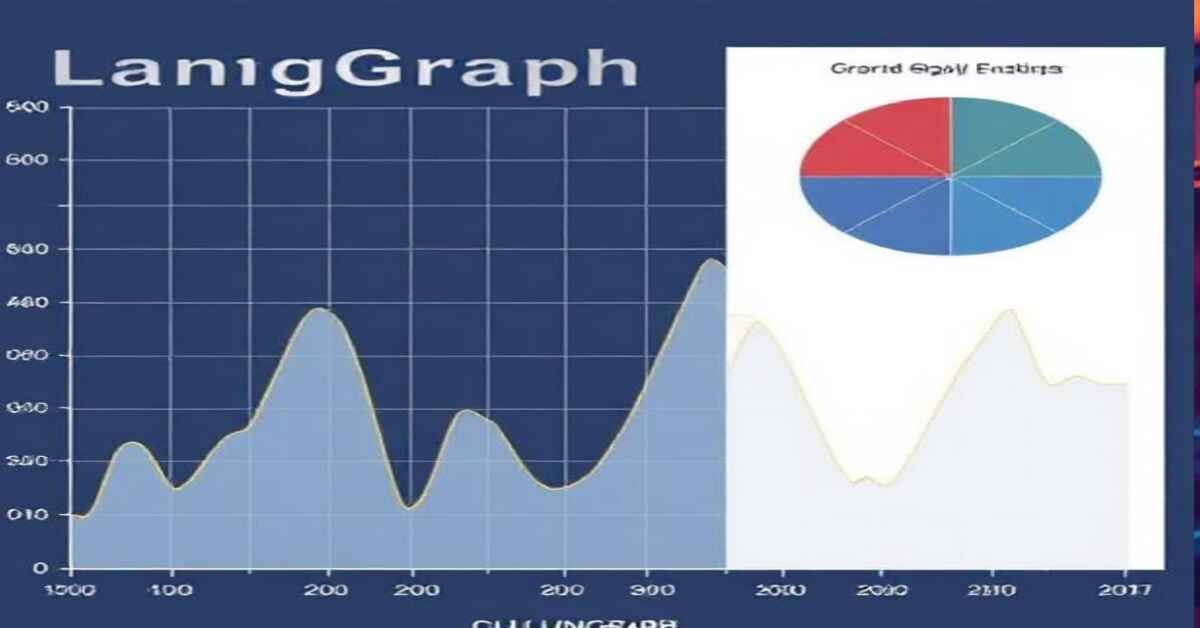LangGraph Unleash the Power of Language Data Visualization
LangGraph Unleash the Power of Language Graphs
Explore LangGraph, a groundbreaking tool that transforms complex language data into clear, actionable visual insights. Discover its innovative features and applications today!
—
LangGraph is revolutionizing the way we interact with language data by transforming complex linguistic structures into intuitive visual representations.
Whether you’re a researcher, data analyst, or a business professional, LangGraph offers a powerful solution to interpret and analyze language patterns effortlessly.
In this guide, we’ll explore what LangGraph is, its core features, benefits, and how it’s set to reshape language data visualization.
1. Introduction to LangGraph
1.1 What is LangGraph?
LangGraph is an innovative platform designed to convert language data into interactive graph-based visualizations.
It harnesses advanced algorithms and natural language processing techniques to map out relationships within text, enabling users to see patterns, trends, and connections that are often hidden in raw data.
Supporting Keyword: Language Data Visualization
1.2 Why LangGraph Matters
In today’s data-driven world, the ability to quickly understand and analyze language information is crucial. LangGraph simplifies this process by presenting data in a visual format that is easy to interpret, helping users make informed decisions faster.
It democratizes access to complex language analytics, making advanced data insights available to non-experts.
For more background on the importance of data visualization, visit the Wikipedia page on Data Visualization.
2. Key Features of LangGraph
2.1 Interactive Graph-Based Visualizations
LangGraph leverages graph theory to create dynamic, interactive visualizations. Users can explore nodes and edges representing words, phrases, or entities, and see how they connect within a body of text.
This visual approach reveals the underlying structure of language, offering insights that traditional text analysis might miss.
Supporting Keyword: Interactive Visualizations
2.2 Advanced Natural Language Processing
The platform integrates state-of-the-art natural language processing (NLP) techniques to accurately parse and analyze text data. LangGraph’s NLP engine extracts key concepts, sentiment, and contextual relationships, then maps these elements onto a visual graph.
This process not only enhances accuracy but also enriches the depth of the insights provided.
Supporting Keyword: NLP Integration
2.3 Customizable Dashboards and Reports
LangGraph allows users to tailor their dashboards to focus on specific aspects of language analysis. Whether you need to track sentiment trends over time or analyze the frequency of certain keywords, the platform’s customizable interface lets you design reports that meet your unique needs.
Supporting Keyword: Customizable Reporting
2.4 Seamless Data Integration
One of the strengths of LangGraph is its ability to integrate seamlessly with various data sources. It can import data from CSV files, databases, or directly via APIs, ensuring that you can work with the data in your preferred format without hassle.
Supporting Keyword: Data Integration
3. Benefits of Using LangGraph
3.1 Enhanced Data Insights
By transforming language data into visual graphs, LangGraph makes it easier to identify trends, outliers, and relationships.
This enhanced insight is invaluable for researchers and businesses looking to derive actionable intelligence from large datasets.
3.2 Improved Decision-Making
With clear, visual data representations, decision-makers can quickly understand the nuances of language trends and adjust their strategies accordingly.
Whether it’s refining a marketing message or enhancing customer service communications, LangGraph empowers you to make data-driven decisions with confidence.
3.3 Time and Cost Efficiency
LangGraph automates many aspects of language analysis, reducing the need for manual data processing and interpretation.
This efficiency not only saves time but also cuts costs associated with extensive data analysis, making advanced analytics accessible to organizations of all sizes.
3.4 User-Friendly and Accessible
Designed with simplicity in mind, LangGraph is accessible even to those without a technical background. Its intuitive interface and customizable options allow users from various fields to harness the power of language analytics without steep learning curves.
For more on the benefits of data visualization tools, see IBM’s Guide to Data Visualization.
4. Applications of LangGraph
4.1 Business Intelligence
In the business world, LangGraph can be used to analyze customer feedback, monitor brand sentiment, and track market trends. By visualizing language data, companies can quickly pinpoint areas for improvement and adjust their strategies to better meet customer needs.
4.2 Academic Research
Researchers can leverage LangGraph to study language patterns, conduct sentiment analysis, and explore the evolution of communication in various texts. The platform provides a rich, visual medium to present findings, making complex data more accessible to a broader audience.
4.3 Content and Social Media Analysis
Content creators and marketers can use LangGraph to assess the impact of their messaging. By visualizing how different words and phrases resonate with audiences, you can refine your content strategy to maximize engagement and reach.
4.4 Legal and Compliance Analysis
In legal fields, LangGraph can be instrumental in analyzing large volumes of documents to detect patterns, inconsistencies, or potential compliance issues. The ability to visually map out language relationships can expedite the review process and uncover critical insights.

5. Future Trends and Developments
5.1 Evolution of AI-Driven Language Analysis
As artificial intelligence continues to advance, platforms like LangGraph are expected to incorporate even more sophisticated AI capabilities.
This evolution will further enhance the accuracy and depth of language analysis, opening new possibilities for innovation.
5.2 Integration with Emerging Technologies
The future of LangGraph may see tighter integration with emerging technologies such as real-time data streaming, augmented reality (AR) for immersive data visualization, and advanced predictive analytics.
These developments will make language data even more actionable and relevant across various sectors.
5.3 Expanding Applications Across Industries
With its robust features and user-friendly interface, LangGraph is poised to expand its applications into new industries.
From healthcare to finance, the ability to extract actionable insights from language data will become increasingly valuable as more organizations adopt AI-driven strategies.
For additional reading on emerging AI trends, check out MIT Technology Review – AI.
6. Conclusion: Empower Your Data Analysis with LangGraph
LangGraph is a powerful tool that transforms complex language data into clear, actionable visual insights. Its combination of interactive graph-based visualizations, advanced natural language processing, and customizable dashboards makes it a game-changer for businesses, researchers, and content creators alike.
By making language analysis accessible and efficient, LangGraph empowers you to unlock new levels of understanding and drive smarter, data-driven decisions.
Embrace the future of data visualization with LangGraph and take your language analysis to the next level. Whether you’re aiming to enhance business intelligence, conduct academic research, or refine content strategies, Lang Graph offers the tools and insights you need to succeed.
Call to Action:
Ready to revolutionize your approach to language data? Explore Lang Graph today, share your insights with the community, and subscribe for more expert tips on cutting-edge data visualization and AI-driven analytics.
Unlock the power of language with Lang Graph and transform your data into actionable insights!
For more resources and further reading, visit IBM’s Data Science Blog and Data Visualization Society. Happy visualizing!


